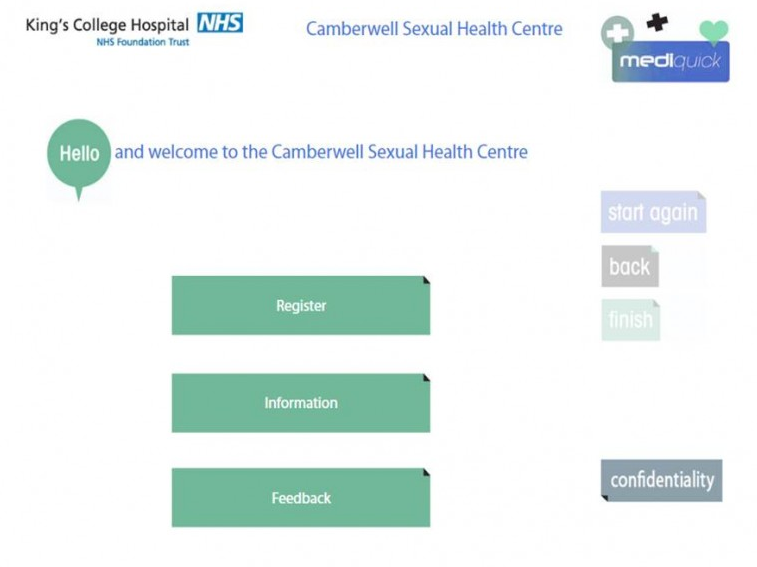
It may seem like a very modern innovation, but touchscreens have actually been around for more than 20 years – it is simply the applications that have changed over time from the clunky information points right up to the delicate screen on your mobile phone. In this article, we focus on the applications of touchscreen technology within the NHS and how they have been received since their implementation.
Patient Satisfaction Surveys
As with any industry, the NHS relies on feedback as part of its continued commitment to improvement and touchscreen technology has made it easier than ever for the NHS to receive feedback from service users and staff alike. The screens are generally mounted in discharge areas to allow outgoing patients to complete the survey whilst they wait to be discharged but they are also available on mobile clinical assistant devices carried by staff.
E-Triage
Technology has freed up time for many nurses as the touchscreens can now be used by patients to sign themselves in. The system asks a number of questions, in a variety of languages if required, to identify the type of care the user needs. The nurses can then prioritise certain patients who may need more urgent care – these systems are more common in walk in centres and GP’s offices.
Patient Check In
These systems are similar to the E-Triage but are used mostly in GP’s offices where appointments are given. The system asks some data protection questions to identify the patient in question and alerts the physician to their arrival. The screen generally directs the patient to the appropriate waiting area as their doctor prepares for their appointment.
WellBeing Kiosks
These kiosks offer users the chance to input details of their illness to access information and support via the internet. The kiosks are set up with a database of services that can be provided to the user along with a free to use telephone to access these services.
Wayfinding
It is no great secret that hospitals can be very confusing places, especially if you are visiting a friend or relative. To combat this, wayfinding kiosks have been installed in many NHS hospitals to provide detailed directions to a particular ward or visiting area – many are fitted with printing capabilities to allow users to take directions with them just in case.
Prescription Payment
Here at Cammax we have developed prescription payment kiosks specific to the NHS, to allow patients to pay for prescriptions during out of hours. This service allows the A&E department to capture thousands of pounds in lost revenue by taking payment for prescriptions when they previously would have been issued free of charge. The kiosks have also been adapted to incorporate payment for a wider range of hospital services such as maternity scans, crutches and walking aids and they have proved to be a major hit with our NHS customers.
Conclusion
Touchscreen devices are helping the NHS progressively more and more with every innovation in healthcare service – their main benefit, as far as we can see, is they free up time for nursing staff and doctors to spend time with their patients rather than carrying out repetitive, time consuming tasks.